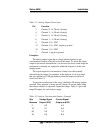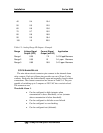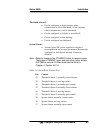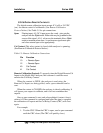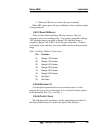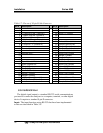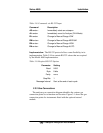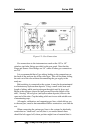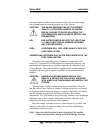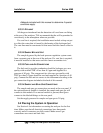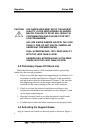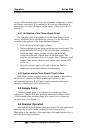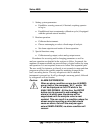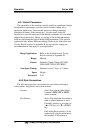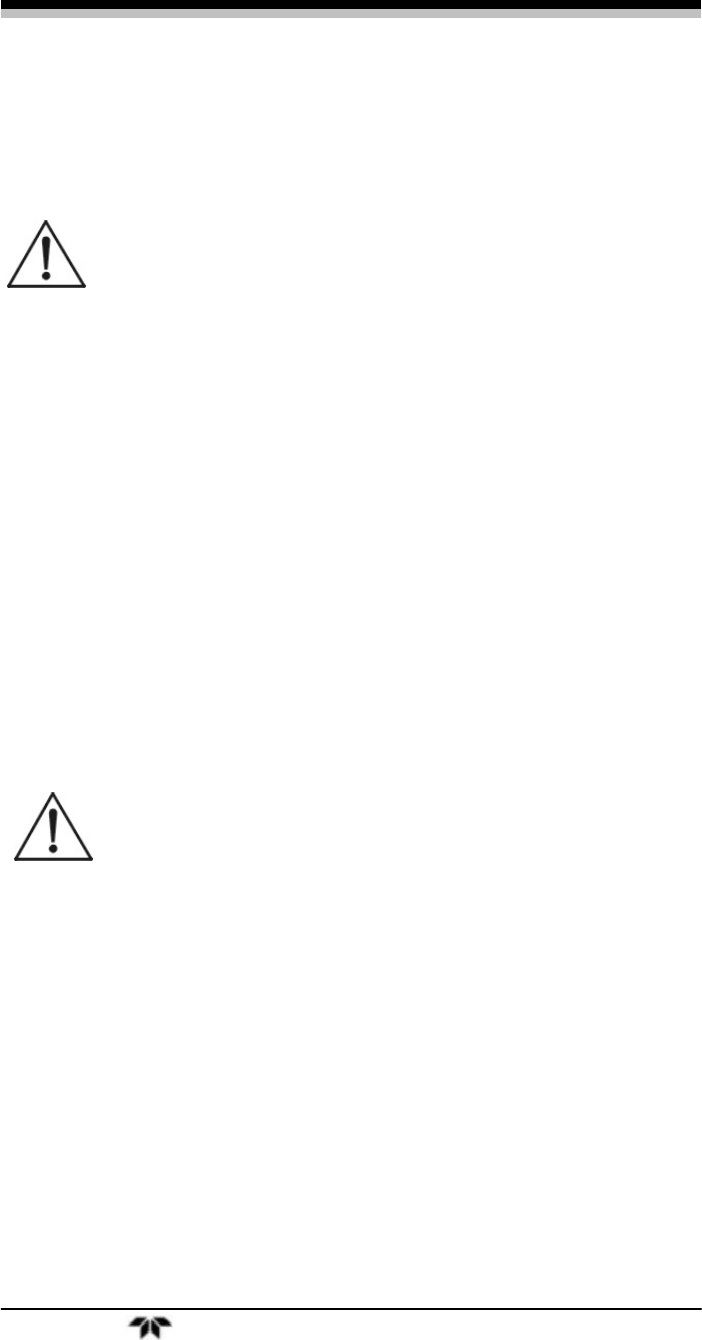
Series 4060 Installation
Teledyne Analytical Instruments 39
not representative of the current contents of the line, or which might
keep contaminants from being purged out of the system.
CAUTION: THE GASES USED MUST BE OF THE HIGHEST
QUALITY, ULTRA ZERO GRADES, AS SHOWN
BELOW. FAILURE TO DO SO WILL RESULT IN
CONTAMINATION AND FAILURE TO DETECT LOW
PPB BENZENE:
AIR: USE WATER PUMPED AIR WITH THC LESS THAN
0.1 PPM. DO NOT USE OIL PUMPED AIR UNDER
ANY CIRCUMSTANCES.
FUEL: HYDROGEN GAS, 100%, ZERO QUALITY WITH THC
LESS THAN 0.5 PPM.
CARRIER GAS: NITROGEN GAS, ULTRA ZERO GRADE WITH THC
LESS THAN 0.05 PPM.
Normally, four supporting gases of different composition (see
Section 4.1: Equipment) will be required to operate the analyzer. The
recommended composition is specified Appendix B: Addendum and
Testing Results. The gases should be supplied from cylinders that are
equipped with the type of regulator specified in the aforementioned
sections.
CAUTION: UNDER NO CIRCUMSTANCES SHOULD YOU
EMPLOY A REGULATOR THAT IS NOT EQUIPPED
WITH A METALLIC DIAPHRAGM ANYWHERE IN THE
SYSTEM.
The regulators should be inspected prior to installation to be sure
that they are oil-free. Failure to comply with these directives will result
in a constant drift in analyzer output, as organic compounds will outgas
into the plumbing system at a rate that is related to the ambient
temperature. Use 316 stainless steel, dual-stage stainless steel diaphragm
regulators only in fuel, sample, and blanket air lines; shutoff valves
should be used downstream from each regulator.
Place the supply cylinders as close to the analyzer as possible, and
connect to the analyzer with new tubing. Be sure that all plumbing
connections are free of leaks.
Note: Use only stainless steel tubing throughout the system.
Consult the assembly, piping, outline drawings, and any



